Grain level traceability
As a consumer, we often find the product information of small producers frustratingly limited. Labels only tell the name and…
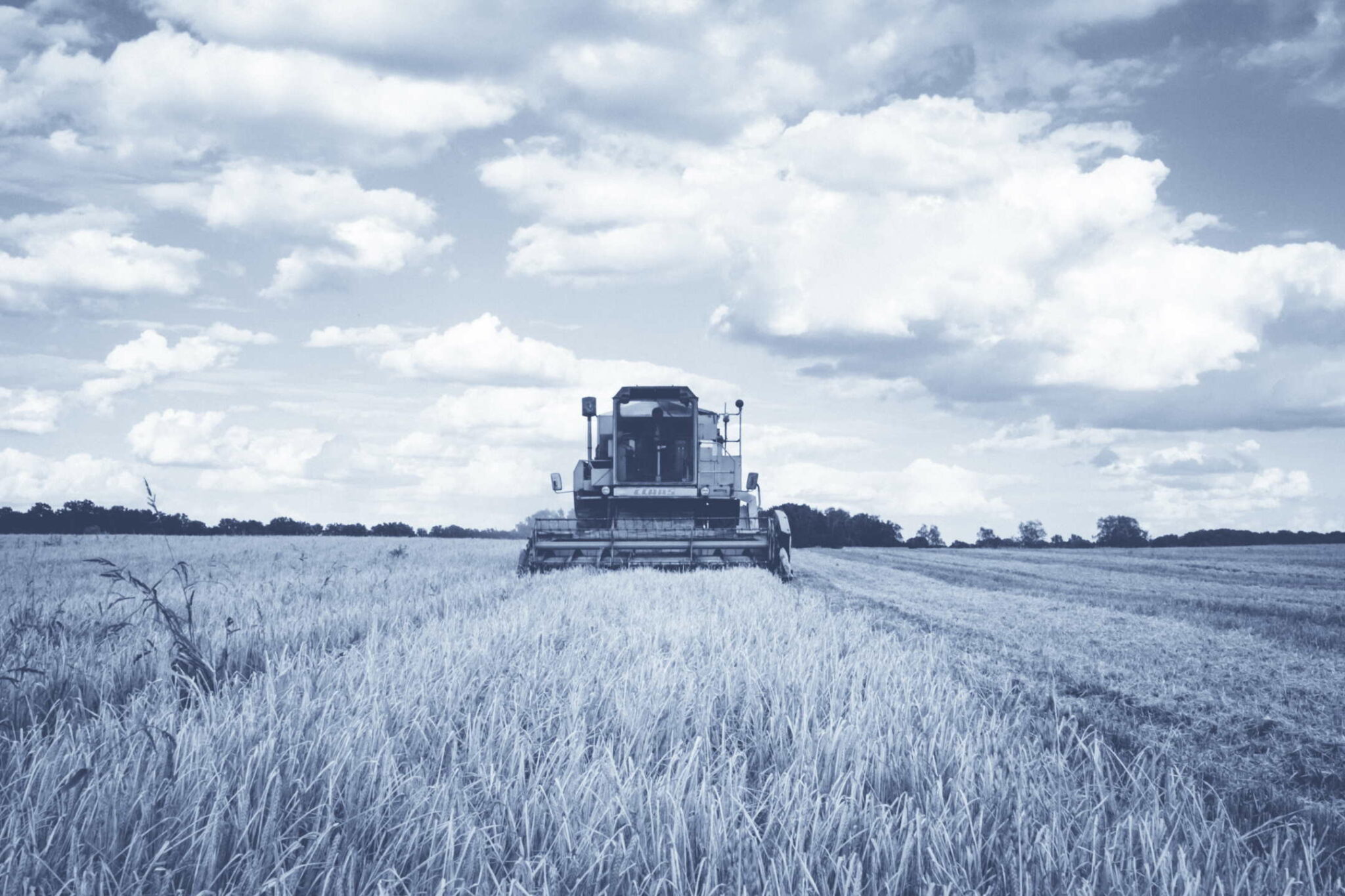
As a consumer, we often find the product information of small producers frustratingly limited. Labels only tell the name and weight of the product, but the rest is left to guesswork. Why should I buy products from small producers if I can’t find out what makes them so excellent compared to industrially produced products?
Malmgård Castle, which was built in the neo-Renaissance style in the 1880s is located in the Koskenkylä region of Loviisa in Finland. The history of the manor itself goes back to the 17th century, when it was the Creutz family estate.

The manor farm has a long tradition for farming, and at the end of the 20th century, the farm was completely converted to organic farming. At the same time, the farm specialized in so-called ancient cereals, of which, for example, einkorn wheat, a single grain wheat (Triticum monococum) is a variety that is thousands of years old, and one of the first varieties of cereals cultivated by mankind. Its yield may be low by today’s standards, but it is all the more nutritious. It contains more protein than modern red wheats and is considered more nutritious because it also has more fat, phosphorus, potassium, pyridoxine and beta-carotene.
Is such information written on bags of flour found on shop shelves? No, it isn’t, but it could be in the digital product information provided by Second Thought, which the consumer can view by scanning a QR code on the product packaging.
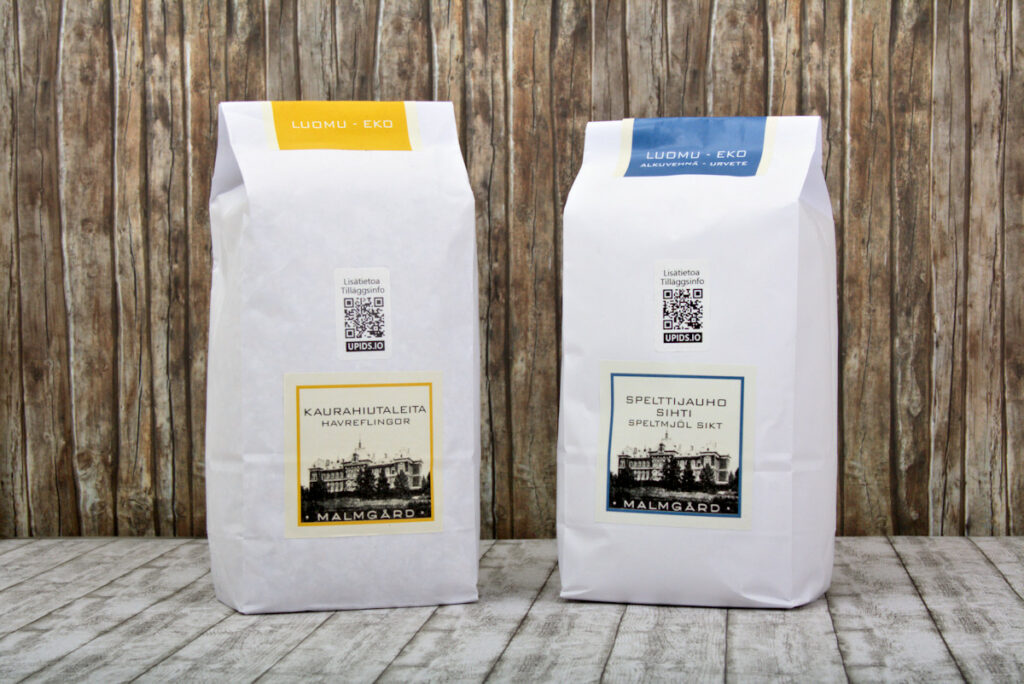
UPIDS IO uses the QR code to communicate a wide range of information to the consumer. Nutritional values, of course, but now we can also tell a story and provide tips for using the product and encourage buyers to follow the producer on social media. Many people feel that an e-commerce link to the product is an important feature. Buy Now is a fast-growing deep link type directly to the product at a selected webshop or shops. In Central Europe, local producers already prefer these Buy Now links in their electronic marketing.
UPIDS IO can also be used to strengthen the product brand, and to communicate to consumers what the brand is all about.
eGrainPass
Malmgård Manor is also the first producer to use the Electronic Grain Pass (eGrainPass), developed jointly by the state-owned network and software company Cinia and the Finnish Grains Cooperation Group VYR, linking data to digital product information. The traditional paper Grain Pass is an official cereal document and a packing list used for the transfer of information between a farm and the grain trade and industry when a batch of cereals is sold and shipped from the farm. The new electronic eGrainPass differs from the traditional paper grain passport in many ways. The digital passport documents the batch of grain all the way from the farm to the mill and onwards. It facilitates the farmer’s paperwork and timekeeping, as well as the transport logistics of batches of cereals. The system can even be used to order deliveries and sign off on pick-ups and deliveries.
At this stage, the data displayed by the grain pass may not yet appear to be a story of an amazing journey, but the transparency of the supply chain has begun, and the direction is towards open communication. The traceability from farm to fork that consumers want is one step closer.
eGrainPass data was initially launched with two products: Malmgård’s sieved spelt flour and oatmeal flakes. A consumer can scan the QR code with a smartphone to get a huge amount of information about the product and its journey. “Mom, where does the food come from?” – “Let’s see”.
“With eGrainPass and digital product information, we can communicate directly to consumers that we produce clean, Finnish food,” says Lord Henrik Creutz of Malmgård manor.
Centralized product information
In order to present product information via a QR code, the data must first be stored in the system. This is done in Second Thought’s UPIDS PDM, a new type of Product Data Management system. Second Thought has developed an easy-to-use and intuitive user interface that makes it easy to store product information. Most items in the product information management are automatically translated to be multilingual, and the system encourages marketing. The latest version of the system was introduced at the end of last year (2021), and its development continues at a rapid pace. UPIDS PDM 3.0 is coming soon with even more features. More than ten user-customers are already filling in their data to display digital product information.
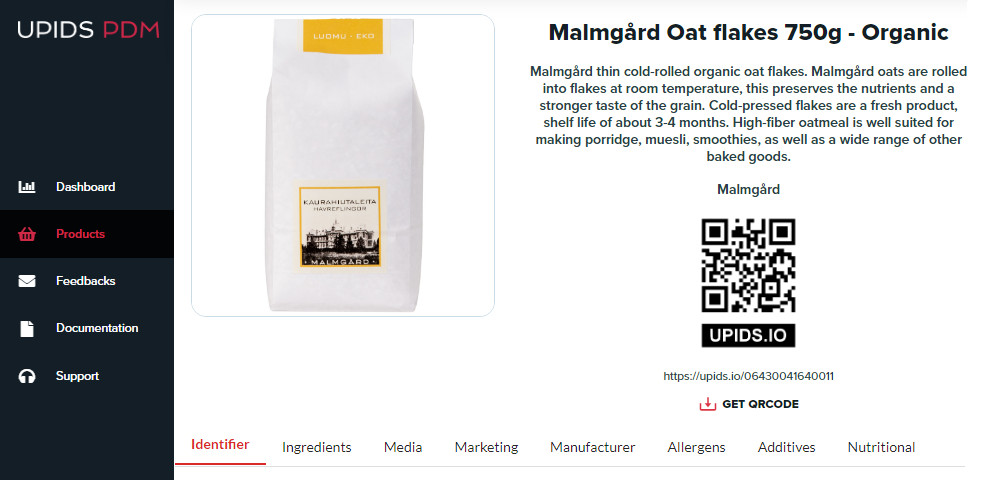
The biggest, but certainly most rewarding task, is to write a description of the product. At that point, the manufacturer/recorder should not be modest, but highlight the fine points of the product. For example, Malmgård’s oatmeal is described as: “Malmgård’s organic oat flakes are cold pressed”, i.e., not steamed. This means that they should be seen as fresh products with a shelf life of 3-4 months. Unsteamed flakes have a softer taste.”
In this way, it can be communicated that un-steamed flakes are indeed different from the usual steamed ones and should be tried and tested, especially by a taste adventurer. It may be that a new favourite is found and there is no going back to old products. The explanation of the difference compared to other products reinforces the image of a special product and strengthens the brand.
Second Thought’s data management is built in such a way that integrations are relatively easy. Currently, integration capabilities are available already for several ERP systems and also online stores such as Woocommerce, Shopify, and Amazon. The standardization organization GS1 has developed various global standards in the retail sector, and Second Thought has now weaved these standards into a single UPIDS product information and monitoring system.
Static or unique
Digital labelling can be done in two ways: statically or uniquely. The static marking is the same on each package of the product, and the products are identified on the GTIN-level. The static code contains the GTIN as part of the code. The product information stays the same throughout item production as with sales packages usually. Multiple languages and interactivity are already in this model.
A unique identifier, on the other hand, allows you to store different batch data, use eGrainPass and enable individual product tracing. The unique label uses GS1’s latest QR code standard, GS1 Digital Link. GS1 Digital Link is a URL that in itself contains a unique identifier and an offline readable expiry date. Cash registers in the store are technically able to read the 2D codes, but do not understand the standard yet. The purpose of GS1 is to make it more common so that when using QR codes, products that are past their sell-by-date cannot slip through the register. Second Thought is one of the world’s first users of the new GS1 Digital Link standard.
UPIDS IO
The UPIDS-QR code for digital product information is identified by UPIDS.IO text on a black bar. The UPIDS.IO brand bar is below the QR code.
The UPIDS.IO logo is used in connection with the QR code so that users learn over time to distinguish and scan these digital codes to obtain more information and services. However, the actual identifier is a unique GS1 Digital Link that includes the product’s EAN code, i.e. GTIN number, even in the static version.
Examples of product information
Below are examples of digital product information. When the QR code on the package is scanned, the system creates a web page for the product based on the PDM information. The product information is sent from UPIDS database that is a collection of several different sources such as OpenFoodFacts. Malmgård product data is input and stored orinally in the UPIDS PDM system.
UPIDS IO brings the vivid product descriptions of online stores to food product information on the package. The manufacturer may write a detailed description of their product, its characteristics and its intended use. Digital product information may also contain the same nutritional labels that are on the packaging, but in many cases, the labels of small producers, in particular, are quite modest because they are printed on simple labels. Now, entries can be written in a wide and varied manner and, above all, in a multilingual way.
Especially for multilingual countries with lively tourism, it is of considerable help that allergens are listed in several languages.
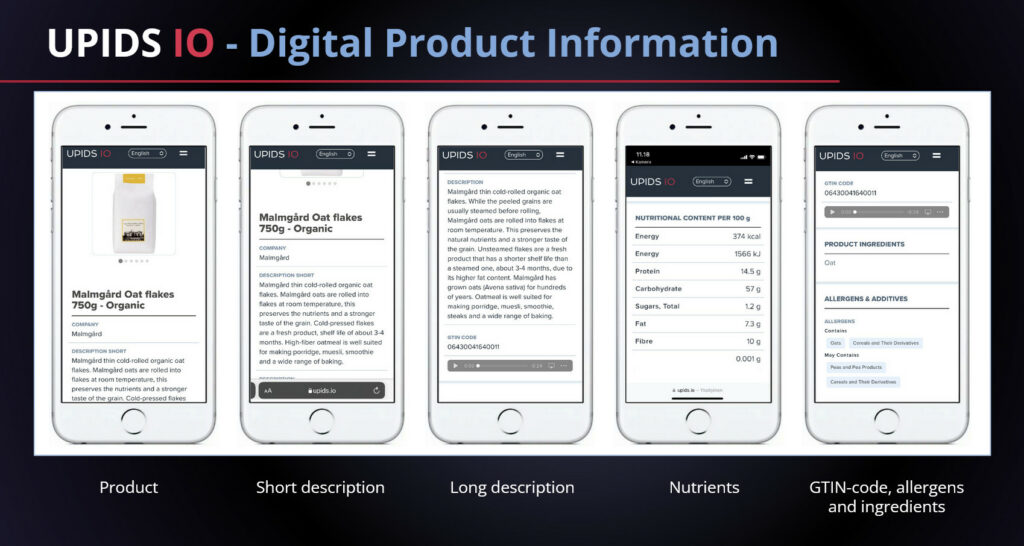
Malmgård’s Facebook, Twitter and Instagram social media links, a homepage link and an important Buy Now link directly to Malmgård’s online store are all given.
The information will be displayed in the browser’s default language. At this point, the language menu includes Finnish, Swedish and English. More languages will be coming soon. If your browser is not set to any of these languages, the information will be shown in English.
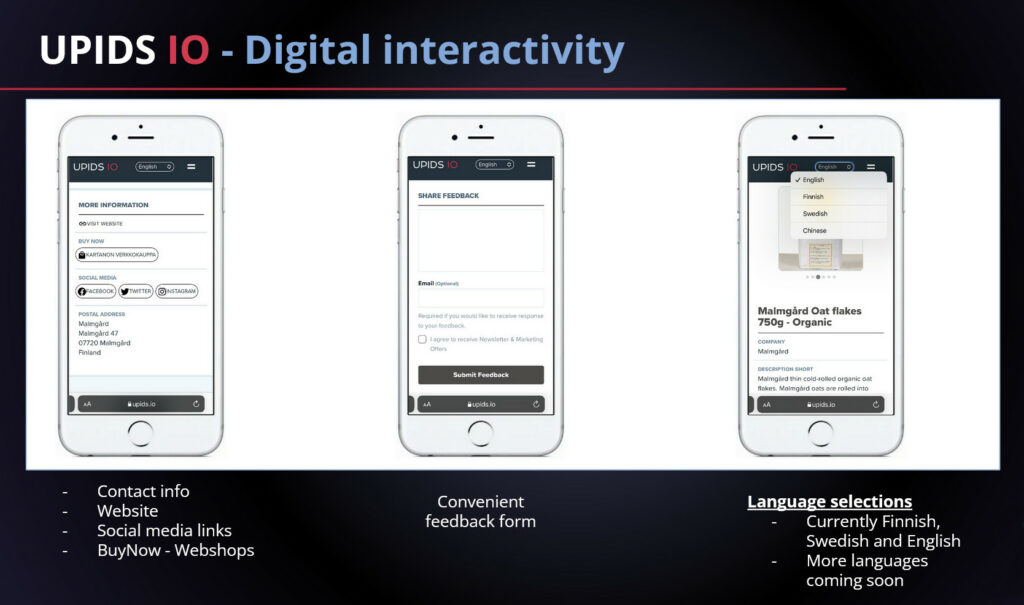
“We are a young startup from Finland, that has got off to a good start in product development. It seems that the market has now realized the potential of digital product information and the possibilities of individual product tracking,” says Mr. Jani Kasanen, CEO of Second Thought. – We are already coding the next steps of UPIDS.
